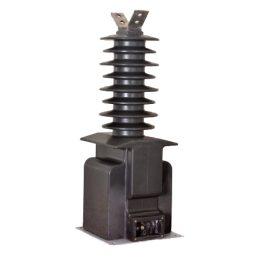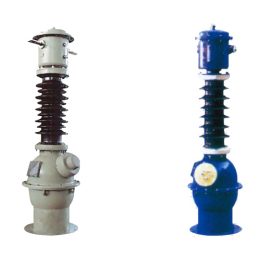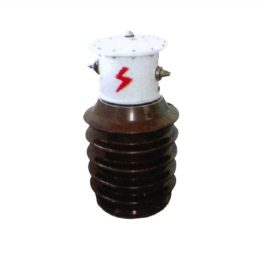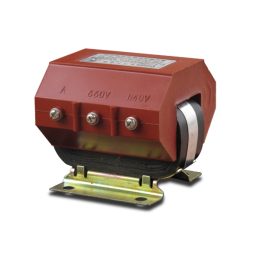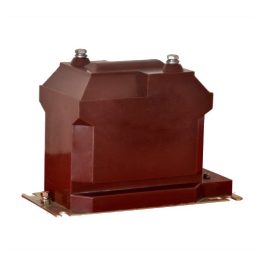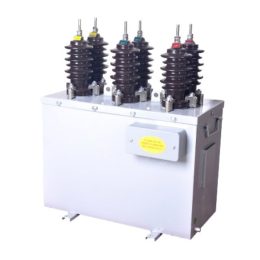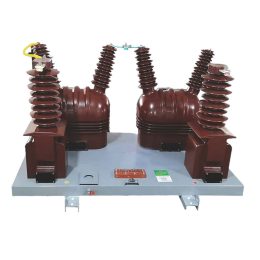Error Analysis and Maintenance of Current Transformers in Power Systems
Introduction
Power systems are critical infrastructure in modern society, ensuring stable electricity transmission and distribution across various sectors. Current transformers (CTs) play a vital role in these systems by measuring current and providing protection. However, due to environmental changes, aging, or quality issues, CTs may develop errors that compromise their performance. This document discusses the sources of CT errors and provides effective maintenance methods to enhance their accuracy and reliability.
Error Analysis of Current Transformers
Sources of Errors
The primary sources of errors in CTs include issues with the windings, magnetic core, connectors, and terminals. Factors such as uneven winding resistance, insulation aging, and poor-quality connections can lead to inaccuracies. The magnetic permeability of the core and the uniformity of the magnetic field distribution also significantly affect the accuracy of the CT.
Types of Errors
CT errors can be categorized into three types:
- Ratio Error: The discrepancy between the actual and rated transformation ratios.
- Phase Error: The difference in phase between the measured and actual currents.
- Load Error: Errors occurring under rated current conditions, which include both ratio and phase errors.
Error Measurement Methods
Measuring errors is essential for evaluating CT performance. Common methods include:
- Comparison Method: Comparing the CT under test with a standard CT of known accuracy.
- Standard Current Method: Using a standard current source to measure errors under rated conditions.
- Device Method: Employing specialized testing equipment to conduct comprehensive error assessments.
Maintenance of Current Transformers
Winding Maintenance
The windings are among the most susceptible components to faults. If abnormal resistance is detected, repair or replacement is necessary. For uneven resistance or aging insulation, rewinding or replacing the windings can resolve the issue. Regular checks of insulation performance are critical for maintaining operational reliability.
Magnetic Core Maintenance
The magnetic core is essential for guiding the magnetic field. Issues such as reduced permeability or uneven field distribution can cause significant errors. Maintenance measures include re-magnetization, core replacement, or testing the ferromagnetic properties of the core to restore functionality.
Connector and Terminal Maintenance
Connectors and terminals are crucial for maintaining circuit integrity. Loose or faulty connections can result in errors. During maintenance, inspect all connections carefully and tighten or replace components as needed to ensure proper electrical contact.
Regular Calibration
Regular calibration is a vital step in ensuring CT accuracy. Using methods like the comparison method, standard current method, or device method, calibration helps identify and correct errors in a timely manner, keeping the CT within acceptable accuracy limits.
Conclusion
Current transformers are indispensable devices in power systems, with their accuracy being critical for system stability. By analyzing the sources and types of errors and employing effective maintenance methods such as winding and magnetic core repair, connector inspection, and regular calibration, power system operators can ensure the reliability of CT measurements. These practices not only enhance the safety and reliability of power systems but also support the consistent delivery of electricity to meet societal needs. Through continued attention to CT maintenance and management, power enterprises can achieve higher operational efficiency and contribute to economic growth.
- Analysis of the Impact of Current Transformer Faults on Energy Meter Accuracy
- Error Analysis and Maintenance of Current Transformers in Power Systems
- Introduction to Combined Transformers and Their Classification
- Analysis and Troubleshooting of Common Issues with Current Transformers
- 3 Voltage Transformer Faults and Solutions: Ensuring Accurate Measurement and Protection
- Number of Permissible Grounding Points in the Secondary Circuit of Voltage Transformers
